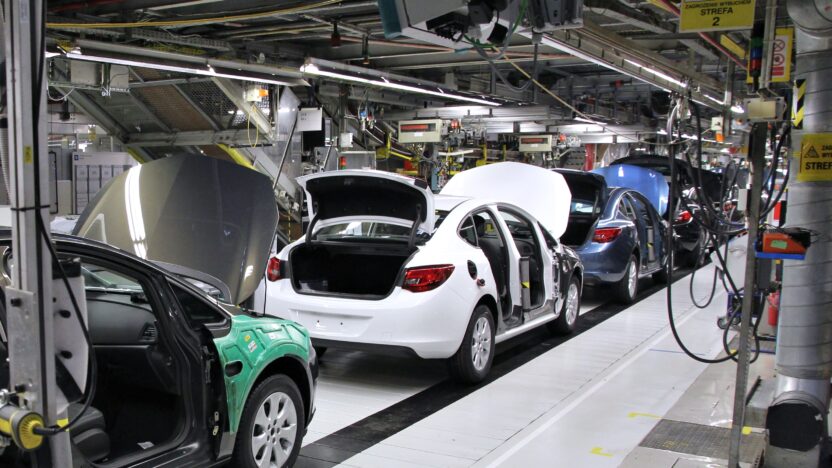Automotive heat shields are crucial components that protect various vehicle parts from excessive heat generated by engines, exhaust systems, and other sources. As vehicles become more advanced and performance-oriented, the importance of effective heat management has increased. This article explores the latest developments in automotive heat shields, highlighting advancements in materials, technologies, and their impact on vehicle performance and safety.
Technological Advancements
Recent innovations in automotive heat shield technology have significantly improved their effectiveness and efficiency. Key advancements include:
- Advanced Materials: The development of lightweight and high-performance materials, such as ceramic composites and advanced polymers, has revolutionized heat shield design. These materials offer superior thermal resistance while reducing overall weight, contributing to improved fuel efficiency.
- Multi-Layered Designs: Modern heat shields often incorporate multi-layered designs that enhance thermal insulation. These layers can include reflective surfaces, insulating materials, and protective coatings that work together to minimize heat transfer and protect sensitive components.
- Heat-Resistant Coatings: The application of advanced heat-resistant coatings on heat shields has improved their durability and effectiveness. These coatings can withstand extreme temperatures and provide additional protection against corrosion and wear.
- Integration with Engine Components: New designs are increasingly integrating heat shields with other engine components, such as exhaust manifolds and turbochargers. This integration helps optimize thermal management and reduces the overall complexity of the vehicle’s thermal system.
Market Trends
The automotive heat shield market is experiencing significant growth, driven by several key trends:
- Increasing Vehicle Electrification: As electric and hybrid vehicles gain popularity, the demand for effective heat management solutions has surged. Heat shields are essential for protecting battery systems and electric motors from heat generated by surrounding components.
- Stricter Emission Regulations: Governments worldwide are implementing stricter emissions regulations, prompting automakers to focus on improving thermal efficiency. Effective heat shields help manage exhaust temperatures, contributing to lower emissions and enhanced engine performance.
- Growing Demand for Lightweight Solutions: The automotive industry is increasingly prioritizing lightweight materials to improve fuel efficiency and reduce carbon emissions. Advanced heat shields made from lightweight materials are becoming essential in meeting these goals.
- Focus on Safety Features: As vehicles incorporate more safety features, the need for effective heat management to protect sensitive electronic components is growing. Heat shields play a crucial role in ensuring the reliability of safety systems.
Challenges and Solutions
Despite advancements in heat shield technology, several challenges remain:
- Cost Management: The introduction of advanced materials and technologies can increase production costs. Manufacturers need to balance performance improvements with affordability to remain competitive in the market.
- Durability Concerns: Heat shields must withstand harsh conditions, including extreme temperatures and exposure to chemicals. Ongoing research is focused on enhancing the durability and lifespan of heat shields through better materials and designs.
- Complex Manufacturing Processes: The production of advanced heat shields often involves complex manufacturing processes, which can lead to production delays and increased costs. Streamlining these processes is essential for meeting market demands.
Future Prospects
The future of automotive heat shields looks promising, with several trends expected to shape the industry:
- Smart Heat Shields: The integration of sensors and smart technology into heat shields could lead to real-time monitoring of temperature levels. This data can help optimize thermal management and improve vehicle performance.
- Sustainability Initiatives: As the automotive industry increasingly focuses on sustainability, manufacturers are exploring eco-friendly materials and production processes for heat shields. This shift aligns with global efforts to reduce the environmental impact of vehicle manufacturing.
- Increased Customization: The growing trend towards vehicle customization may lead to more tailored heat shield solutions. Manufacturers could offer customized designs that meet specific performance and aesthetic requirements.
Automotive heat shields are essential components that play a vital role in protecting vehicle systems from excessive heat. With ongoing advancements in materials, technologies, and designs, the future of heat shields looks bright. As the automotive industry continues to evolve towards electrification and stricter emissions regulations, effective heat management solutions will be crucial for enhancing vehicle performance, safety, and sustainability. As innovations continue to emerge, automotive heat shields will remain a key focus for manufacturers aiming to meet the demands of modern vehicles.



